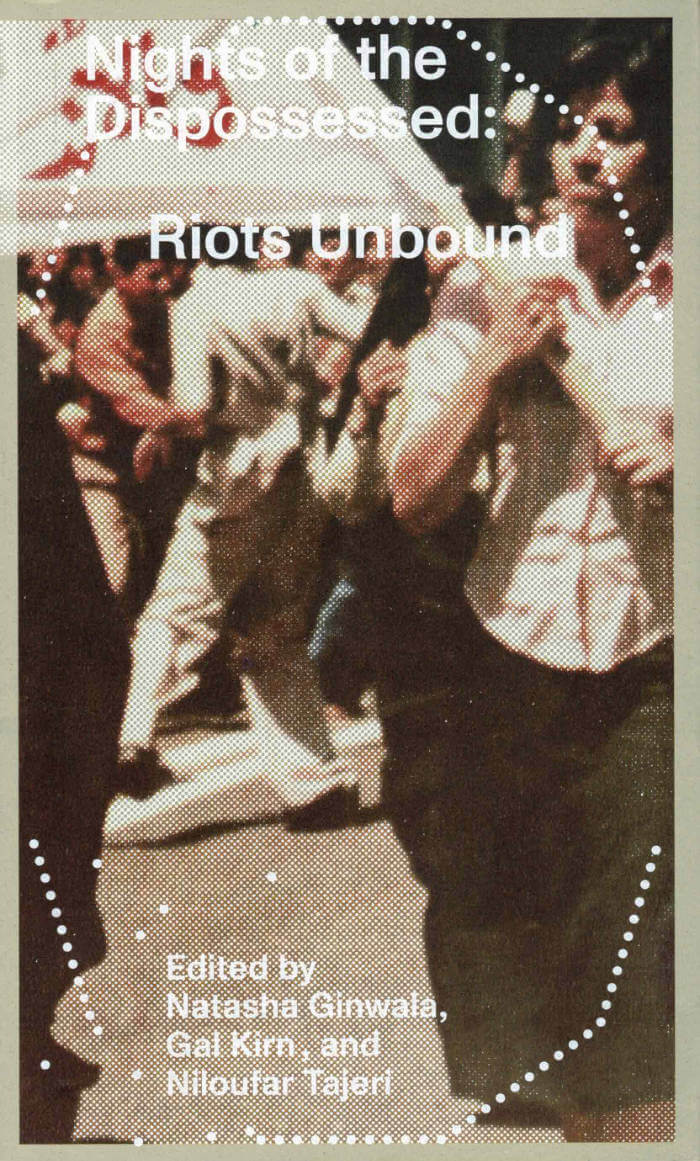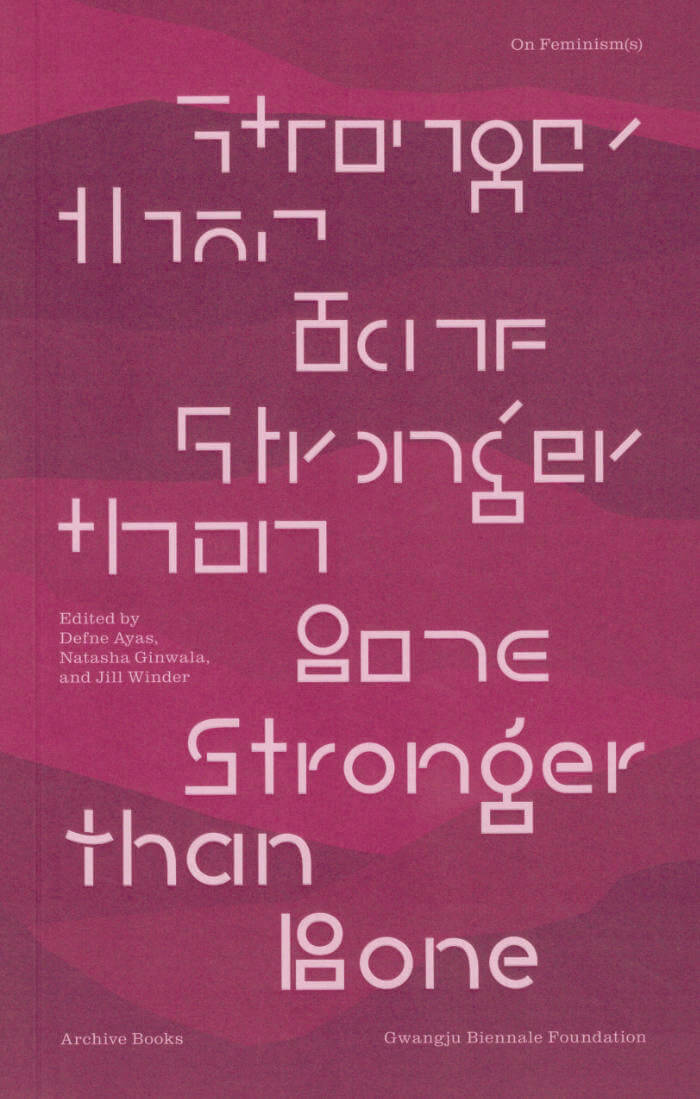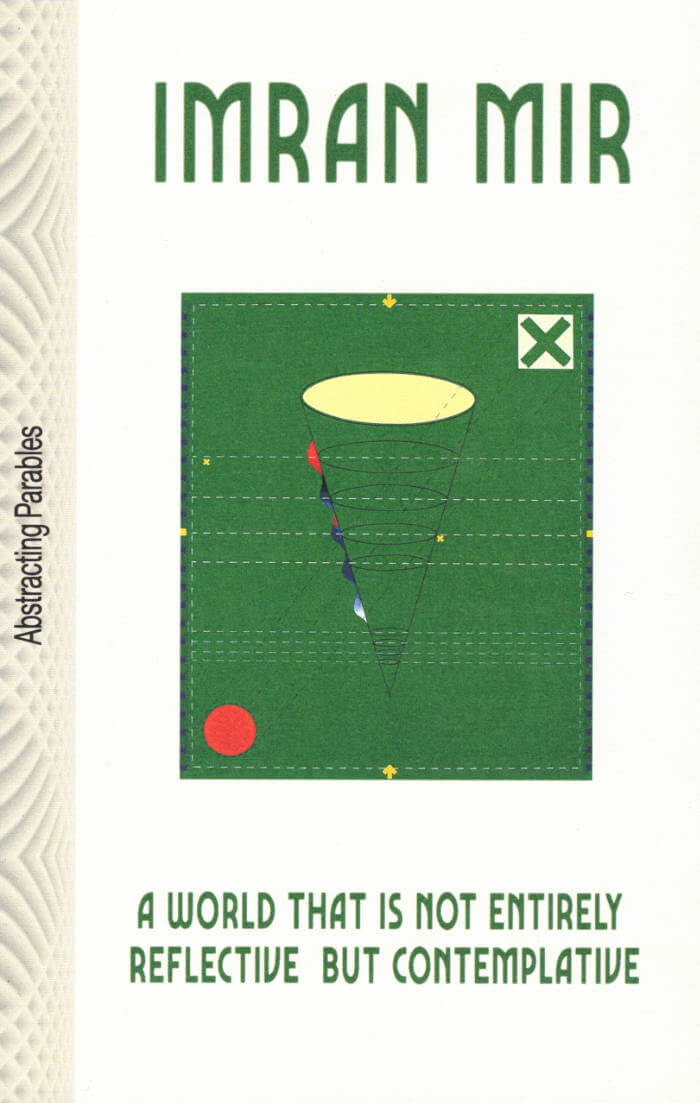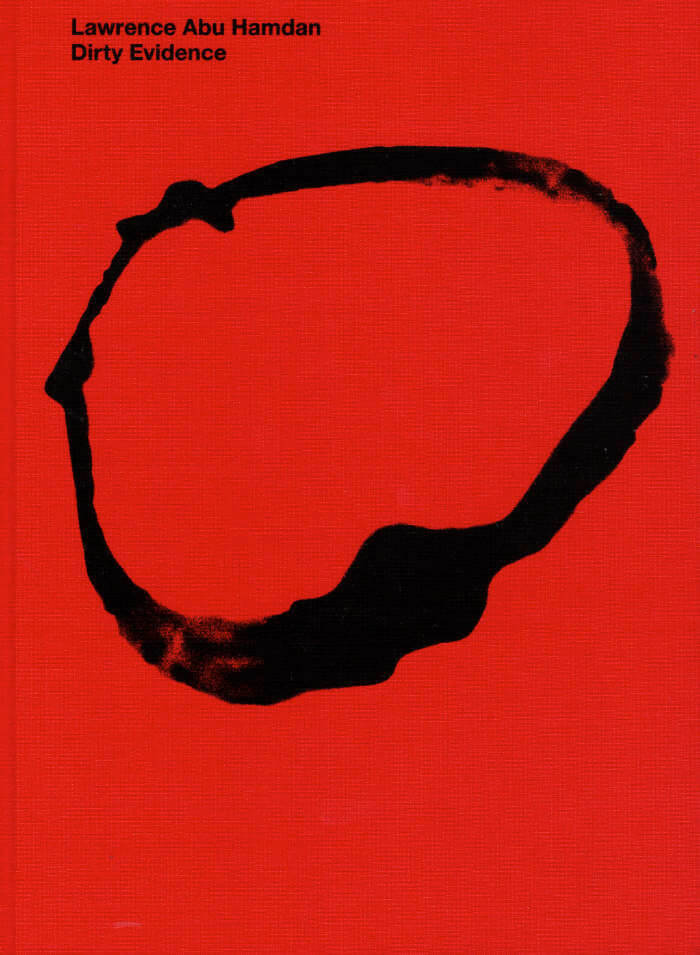Natasha Ginwala
Natasha Ginwala

Nights of the Dispossessed
Natasha Ginwala, Gal Kirn and 1 more
Riots are extraordinary events that have been recurring with increasing frequency and occupy a highly controversial space in the political imagination. Despite their often negative portrayals, it is undeniable that riots have played a pivotal role in the confrontation between authority and dissent. Recently, with the deepening crises of capitalism, racial violence, and communal tension, an “age of riots” has powerfully begun. As master fictions of the sovereign nation-state implode, and the hegemonic silencing of the dispossessed reveals the cracks in governability, Nights of the Dispossessed: Riots Unbound brings together artistic works, political texts, critical urban analyses, and research projects from across the world in an endeavor to “sense,” chronicle, and think through recent riots and uprisings—evoking a phenomenology of the multitude and surplus population.
With contributions from Asef Bayat, Joshua Clover, Vaginal Davis, Keller Easterling, Zena Edwards, Nadine El-Enany, Dilip Parameshwar Gaonkar, Gauri Gill, Natasha Ginwala, Natascha Sadr Haghighian, Louis Henderson, Satch Hoyt, Hamid Khan, Gal Kirn, Josh Kun, Léopold Lambert, Margit Mayer, Vivek Narayanan, Ai Ogawa, Oana Pârvan, Elizabeth A. Povinelli, SAHMAT, Thomas Seibert, Niloufar Tajeri, Chandraguptha Thenuwara, Dariouche Tehrani, and Ala Younis.

Stronger Than Bone – On Feminism(s)
Jill Winder, Natasha Ginwala and 1 more
Stronger than Bone draws upon the embodied strength, intuitive desires, and collective wisdom of feminists and non-binary protagonists to foreground the manifold dimensions of feminist politics and commitments.
Written by thinkers and allies across generations with a focus on heterogeneity, intersectionality, and influence across geographies, this reader arrives into the world at a moment of heightened fragility, under the shadow of the coronavirus pandemic. In key historical texts, poetry, and new commissions, a range of artists, theorists, philosophers, and writers grapple with how gender politics might be reconfigured in a world undergoing an interregnum of extraordinary intellectual, technological, political, artistic, and social ferment.
Stronger than Bone reveals strands of inquiry into a range of subjects including: embodiment and techno feminism; sexual freedom and sexual violence; matriarchal resistance building and shamanic practices; the gendered dimensions of self-optimization; digital identity and gaming culture; how the trauma of state violence and racial injustice is passed to future generations; and artistic strategies of renewal and rewriting history. With a view to the peril and possibility of the current moment, bringing together this constellation of voices is an act of acknowledging kinship, one iteration of the liberatory potential of collective forms of intelligence!
Contributions by Chris Abani, Gloria Anzaldúa, Wendy Hui Kyong Chun & Sarah Friedland, Tishani Doshi, Maya Indira Ganesh, Eeva-Kristiina Harlin & Ciske-Jovsset Biret Hánsa Outi/Outi Pieski, Laurel Kendall, Kim Hyesoon, Kim Seongnae, S. Heijin Lee, Audre Lorde, Soraya Murray, Esha Pillay & Quishile Charan, Djamila Ribeiro, Tamarra & Brigitta Isabella, Oxana Timofeeva, Cecilia Vicuña.
And more

Pages 9 - Seep
Babak Afrassiabi, Nasrin Tabatabai
This issue of Pages assumes seep as a post archival mode: in the Merriam-Webster dictionary the verb 'seep' is translated as follows: to flow or pass slowly through fine pores or small openings, to enter or penetrate slowly, to become diffused or spread.
The biology or politics of seeping is like that of raw petroleum oozing at natural oil seeps. Unlike refined oil which has sponsored modernization and its aligned archives, crude oil pours beyond historical purpose and defies structural elevations. It instead disfigures the ground through which it dubiously spreads.
Seeping is a posthumous affair. It is the gradual leaking of a long withdrawn interior. Like the bleeding of a punctured corpse, when the pumping of the heart has stopped, when the body is lifeless and apathetic to any 'hail', yet continuing to bleed. Seep as archive is an eternally post-apocalyptic expansion, retraction, deviation, subtraction, or simply the arrival of (non-)things.
With contributions by:
- Mariam Motamedi Fraser / Geo-Archive
- Richard Goldstein / Dennis Oppenheim's Dilemma: Should he Sell Art to the Shah?
- Babak Afrassiabi, Nasrin Tabatabai / Contemporary Hole / Unfilmable
/ Seep
- Saleh Najafi / Wounds of Archive¹
- Mark von Schlegell / The Artist Abstract #6
- Nima Parzham / The underground
- Adam Kleinman / Vanished Theories
- Suzanne Treister / Algorithm
- Alexi Kukuljevic / The Dissolute Subject
- Matts Leiderstam / Andy Warhol, Suicide (Purple Jumping Man), 1963
- Eugene Thacker / Black Infinity; or, Oil Discovers Humans
- Vivian Ziherl, Natasha Ginwala / Infrastructural Suspensions: Global Spanning, Atmospheric Seepage and Measures of the Undecidable

A World that is not entirely Reflective but Contemplative
A survey of Imran Mir's abstract and contemplative work, with fifteen essays.
Published on the occasion of the exhibition "Sedje Hémon. Imran Mir. Abdias Nascimento. Abstracting Parables", as part of the international Arnhem based art manifestation sonsbeek20→24, at Stedelijk Museum, Amsterdam, in 2022.
Pakistani artist, sculptor, and designer Imran Mir's (1950-2014) oeuvre can be interpreted as a constant refusal to provide comprehensive elaboration beyond what one experiences. The act of contemplation is a guiding principle to interpreting Imran Mir's work, an approach that reverberates into a practice that grew out of conversations with a community of artists, activists, poets, relatives, and other thinkers in Karachi.
Non-figurative, non-representational, geometrical and very bold, Imran Mir's works can be read as theorems and positions on multiple modernisms and abstractions. Without being a critique or a response, he played with the rules, bypassing and expanding them to other realms to explore ways of being, ways of knowing time and space outside of the confinements of the West.
Edited by Amal Alhaag, Aude Christel Mgba, Bonaventure Soh Bejeng Ndikung, Gwen Parry, Ibrahim Cissé, Krista Jantowski, Zippora Elders.
Contributions by Amal Alhaag, Bonaventure Soh Bejeng Ndikung, Ibrahim Cissé, Sophie Douala, Zippora Elders, Natasha Ginwala, Hajra Haider Karrar, Krista Jantowski, Momtaza Mehri, Aude Christel Mgba, Nighat Mir, Quddus Mirza, Gwen Parry, Nafisa Rizvi.

Dirty Evidence
Richly illustrated, this book provides for the first time a visual overview of Lawrence Abu Hamdan's works of more than a decade, and elaborates on a formal vocabulary characterized by the aesthetics of sound and language.
On the occasion of Lawrence Abu Hamdan's exhibition at Bonniers Konsthall in Stockholm in 2021, a group of authors have been invited to engage with individual works and their underlying concepts. Abu Hamdan recognizes the space for art as a site where attention can be drawn to real socio-political conditions in order to challenge the structures behind them. The artist can therefore push at the boundaries of what constitutes testimony. The title "Dirty Evidence" comes from Abu Hamdan's definition of evidence in which a truth value is derived from its very inadmissibility before the law. It is precisely the evidence's figurative dirt and dirtiness that works toward the production of truth.
Lawrence Abu Hamdan (born 1985 in Amman, Jordan, lives and works in Beirut, Lebanon) is an artist and “private ear” whose projects have taken the form of audiovisual installations, performances, graphic works, photography, Islamic sermons, cassette tape compositions, potato chip packets, essays, and lectures. Abu Hamdan's interest with sound and its intersection with politics originate from his background in DIY music.
Edited by Fabian Schöneich.
Graphic design: David Bennewith.
Texts by Lawrence Abu Hamdan, Natasha Ginwala, Ruba Katrib, Andrea Lissoni, Ramona Naddaff, Fabian Schöneich, Yasmine Seale, Theodor Ringborg, Eyal Weizman.

Perverse Decolonization?
Jan Sowa, David Riff and 1 more
Conversations and essays that question the twisted and oppressive climate in a world where true decolonization has yet to begin.
New nationalisms, toxic patriotisms and systems of exclusion have been on the rise for the last decade, reinforced by technology and rooted in colonialism, slavery and class oppression. Our time offers a unique twist on these age-old structures: rhetorics of decolonization are now weaponized by autocratic regimes, just as they are normalized in the phantasmagoria of cultural practices. It is this paradoxical and entangled situation that we, perhaps somewhat emotionally, started to refer to as "perverse decolonization." This book is the result of a (self-)critical project of discussions, workshops, exhibitions and meetings in Cologne, Poland, Israel, Hong Kong and Chicago. Its conversations and essays question the twisted and oppressive climate in a world where true decolonization has yet to begin.
Contributions by Avital Barak, Saddie Choua, Cosmin Costinaş, Ekaterina Degot, Natasha Ginwala, Andrzej Leder, Georgy Mamedov, Walter Benn Michaels, Joanna Rajkowska, David Riff, Aneta Rostkowska, Joshua Simon, Jan Sowa, Hito Steyerl, Mark Terkessidis, Mi You.
Published in February 2022
English edition
15 x 21 cm (softcover)
164 pages